You can improve your consumption of fruits and vegetables by juicing and blending them, but you might be wondering about juicer vs blender. Although they are both kitchen appliances, their respective roles are distinct. To find out if a blender or a juicer is better, continue reading.
Juicer vs Blender: The Difference
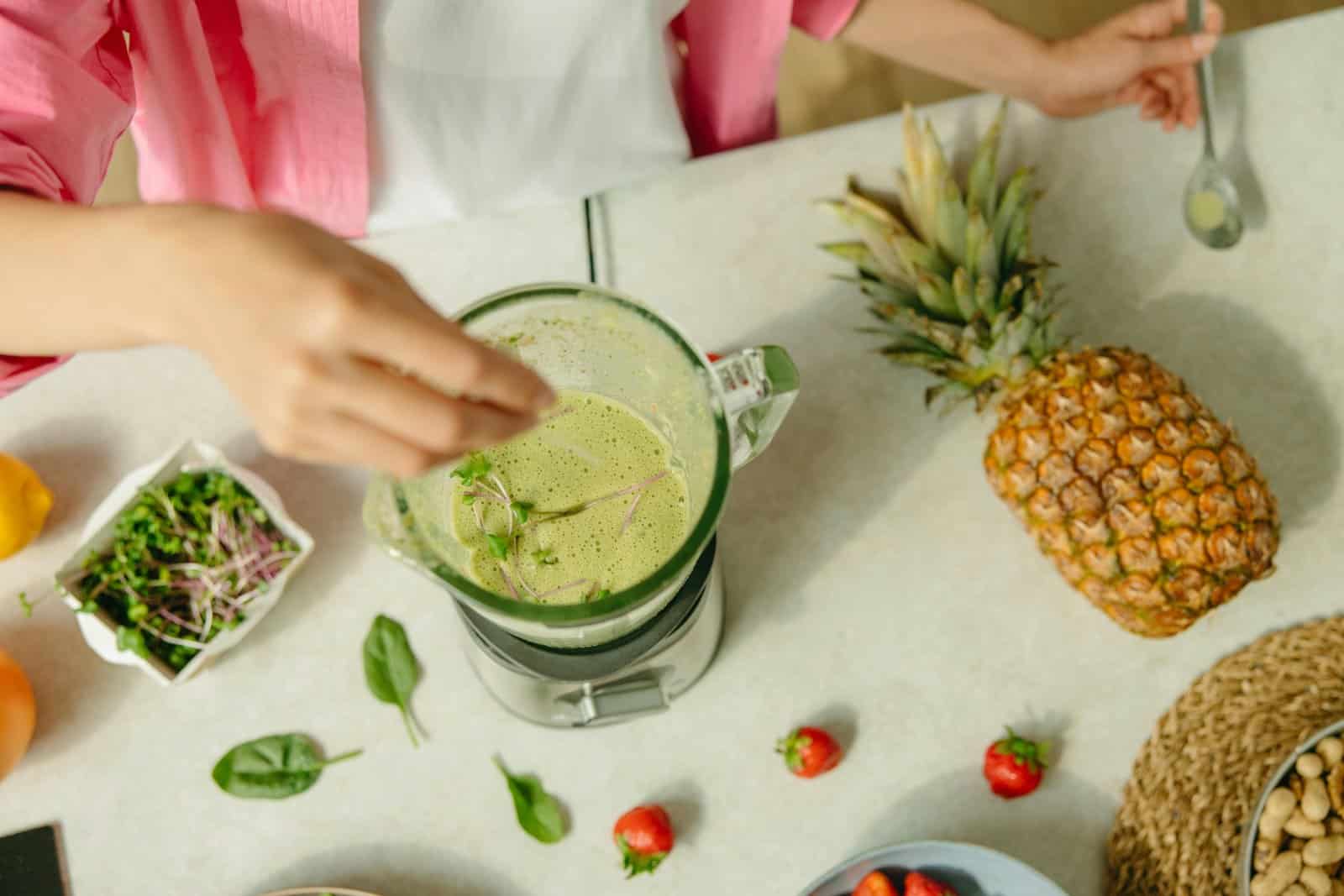
Although both juicing machines and blenders are used in the kitchen to process fruits and vegetables, they serve different purposes and function differently.
Blender
Foods can be blended, chopped, and pureed with blenders. They function by chopping food into tiny bits with razor-sharp rotating blades. In addition to grinding nuts and grains, blenders are excellent for blending smoothies, soups, and sauces.
Juicer
On the other hand, juicers are made to separate the pulp and fiber from fruits and vegetables while extracting the juice. Centrifugal and masticating juicers are the two primary categories of juicers. Masticating juicers use a slower revolving auger to crush and press the fruits and vegetables to extract the juice as opposed to centrifugal juicers, which employ a high-speed spinning blade to extract juice from the food.
Juicers extract the juice while discarding the pulp and fiber, whereas blenders combine everything. This is the primary distinction between the two machines. Therefore, adding the fruits and vegetables whole to a blender to form smoothie results in a thick drink that includes all of the pulp and fiber. You would just obtain the juice with a juicer, and it would be smoother and thinner.
Types of Juicer
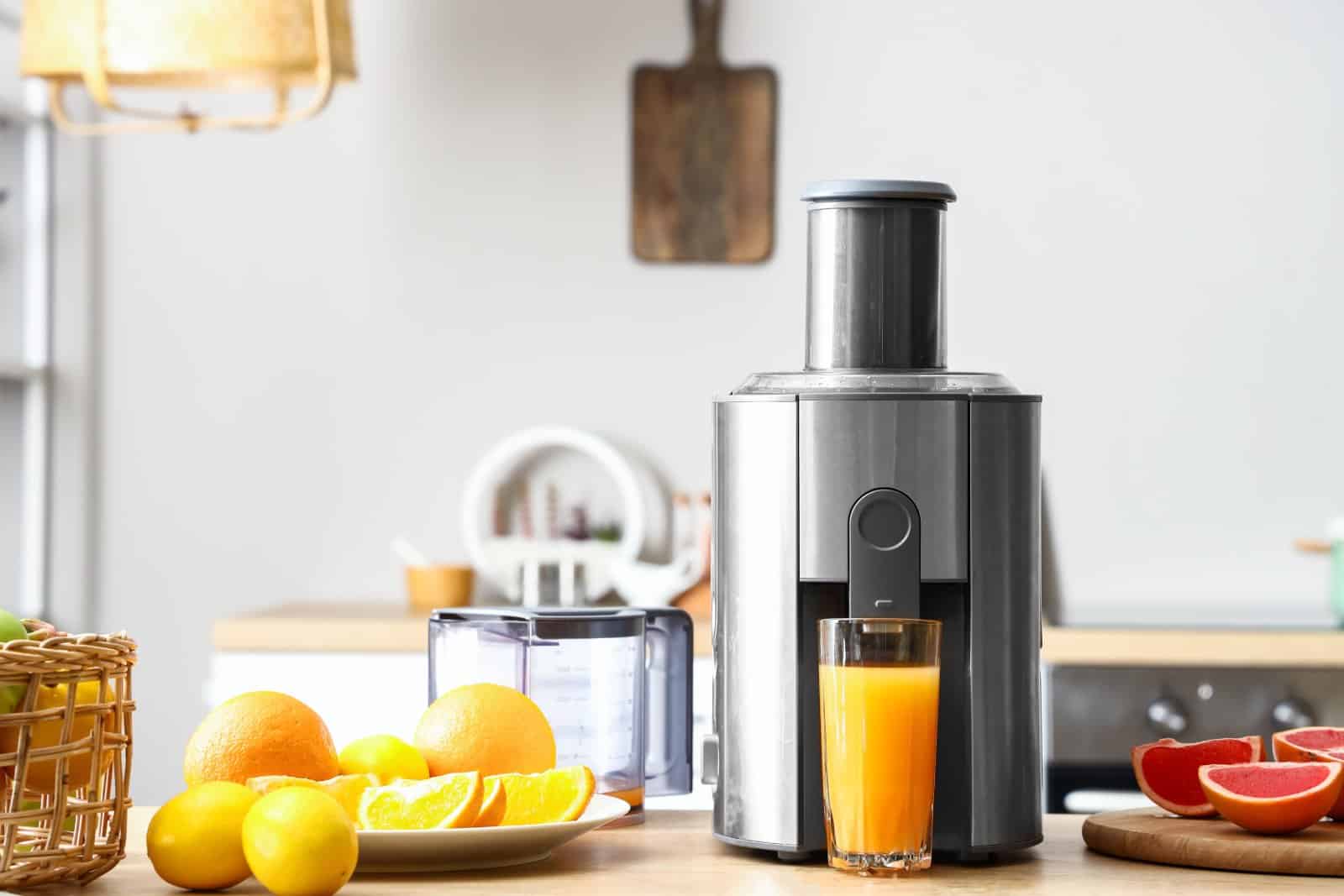
There are numerous varieties of juicers on the market, each with special features and advantages. Here are a few typical varieties of juicers:
Centrifugal Juicers: These are the most common type of juicers and are best for juicing hard fruits and vegetables. They work by spinning at high speeds to extract juice from the produce. They are generally affordable and easy to use.
Masticating Juicers: Also known as cold press juicers, these juicers use a slow crushing and squeezing motion to extract juice from fruits and vegetables. They are best for juicing leafy greens, wheatgrass, and other soft fruits and vegetables. They are generally more expensive than centrifugal juicers, but they produce higher-quality juice with more nutrients.
Citrus Juicers: As the name suggests, these juicers are specifically designed for juicing citrus fruits such as oranges, lemons, and grapefruits. They are usually small and affordable, and can easily extract juice from citrus fruits.
Types of Blender
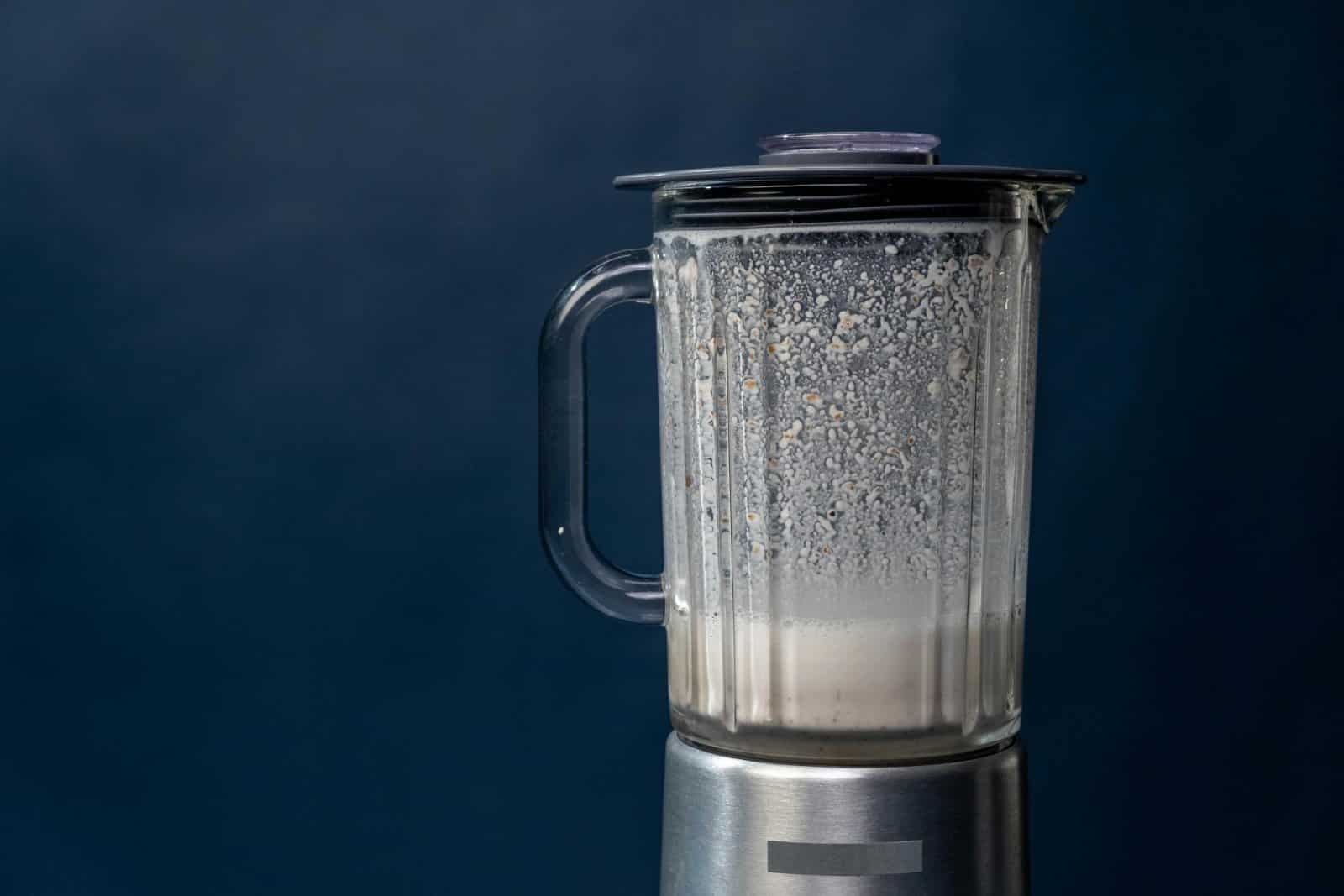
There are several types of blenders available in the market. Here are some common types of blenders:
Countertop Blender: This is the most common type of blender used for making smoothies, shakes, soups, and other blended drinks. It has a powerful motor and a large blending jar.
Immersion Blender: Also known as a hand blender or stick blender, this type of blender is handheld and has a long shaft with blades at the end.
Personal Blender: This type of blender is smaller than a countertop blender and is designed for making single-serving smoothies, shakes, and other drinks. It usually comes with a portable cup that you can take with you on the go.
High-Performance Blender: This type of blender is designed for heavy-duty blending tasks such as crushing ice, making nut butter, and blending tough ingredients. It has a more powerful motor than a standard countertop blender and often comes with additional features such as variable speed controls.
Juicer vs Blender: Which Is Healthier To Use

Blenders and juicers serve different functions. While both are excellent for creating healthy drinks, they operate differently and offer various advantages.
A blender is made to combine components to create a puree or smoothie. It disintegrates the fiber and produces a texture that is smooth and constant. Blenders are wonderful for creating soups and sauces as well as smoothies with entire fruits and vegetables.
While a juicer removes the liquid from fruits and vegetables while discarding the pulp and fiber, the former method is the more common. While juicing can offer a concentrated concentration of antioxidants, vitamins, and minerals, it also removes a significant amount of the fiber present in entire fruits and vegetables.
Both juicing and blending can be a component of a balanced diet in terms of health. Juices can occasionally have large amounts of sugar and little fiber, which can quickly raise blood sugar levels. Additionally, juicers tend to create less volume than blenders because they extract the juice from fruits and vegetables, so you might need to use more produce to achieve the same amount of juice.
In the end, the decision between a juicer vs blender depends on your preferences and intended uses.
Juicer vs Blender: Which Is Easy To Use
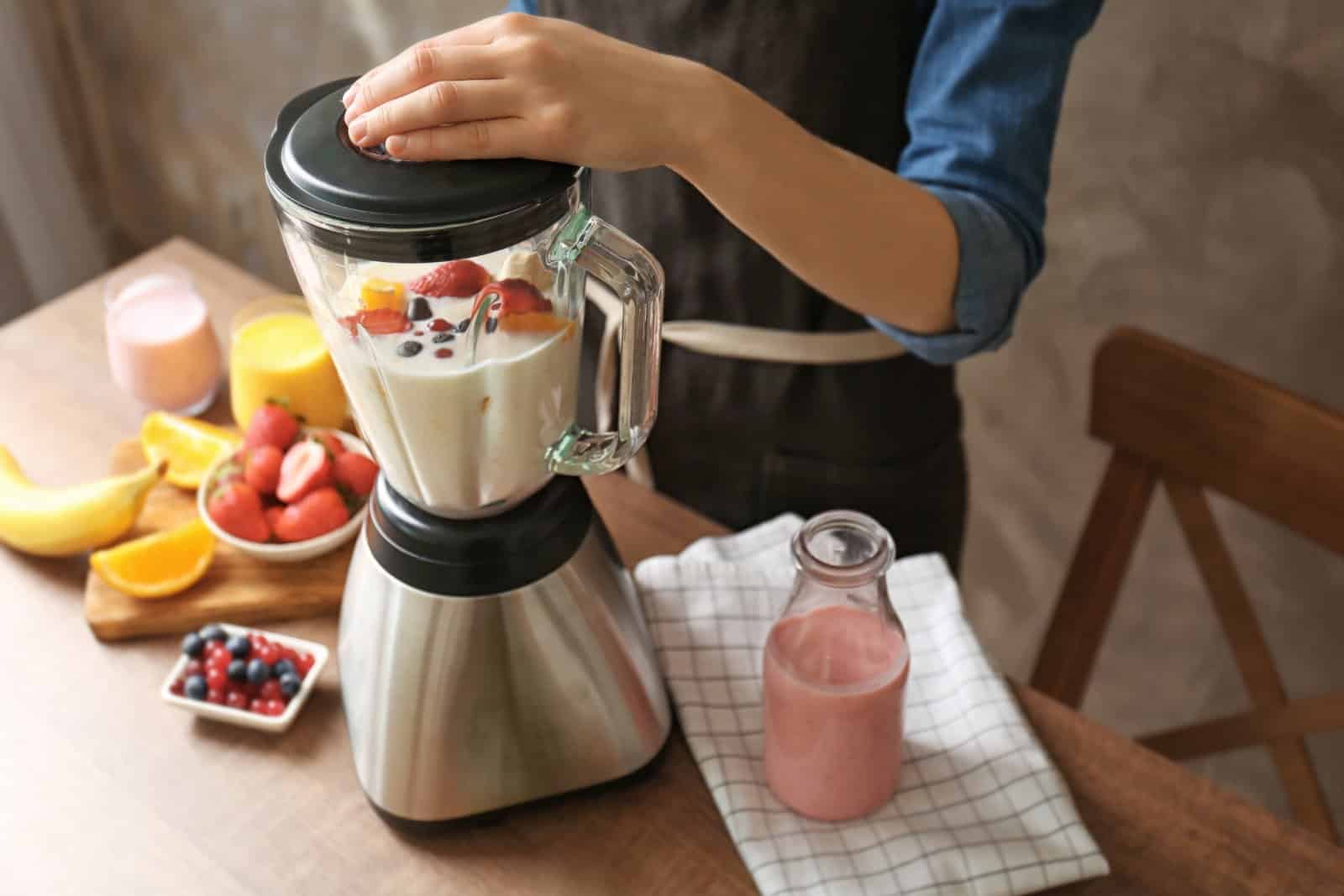
Both juicers and blenders have their own unique features and ways of operation, so it’s difficult to determine which one is easier to use without considering specific factors.
Juicers are typically used to extract juice from fruits and vegetables by separating the juice from the pulp. They come in different types such as centrifugal, masticating, and citrus juicers, each with its own specific way of operation. While they may require some assembly and disassembly, they are generally easy to use. However, they do require more prep work as the fruits and vegetables need to be cut into smaller pieces to fit into the juicer’s feeding chute.
Alternatively, blenders are used to blend and puree fruits, vegetables, and other ingredients to create smoothies, soups, and other dishes. They are often more versatile than juicers and can be used for a wider range of tasks. Blenders can also require some assembly, but they typically do not require as much prep work as juicers.
Juicer vs Blender: Which Is Easy To Clean
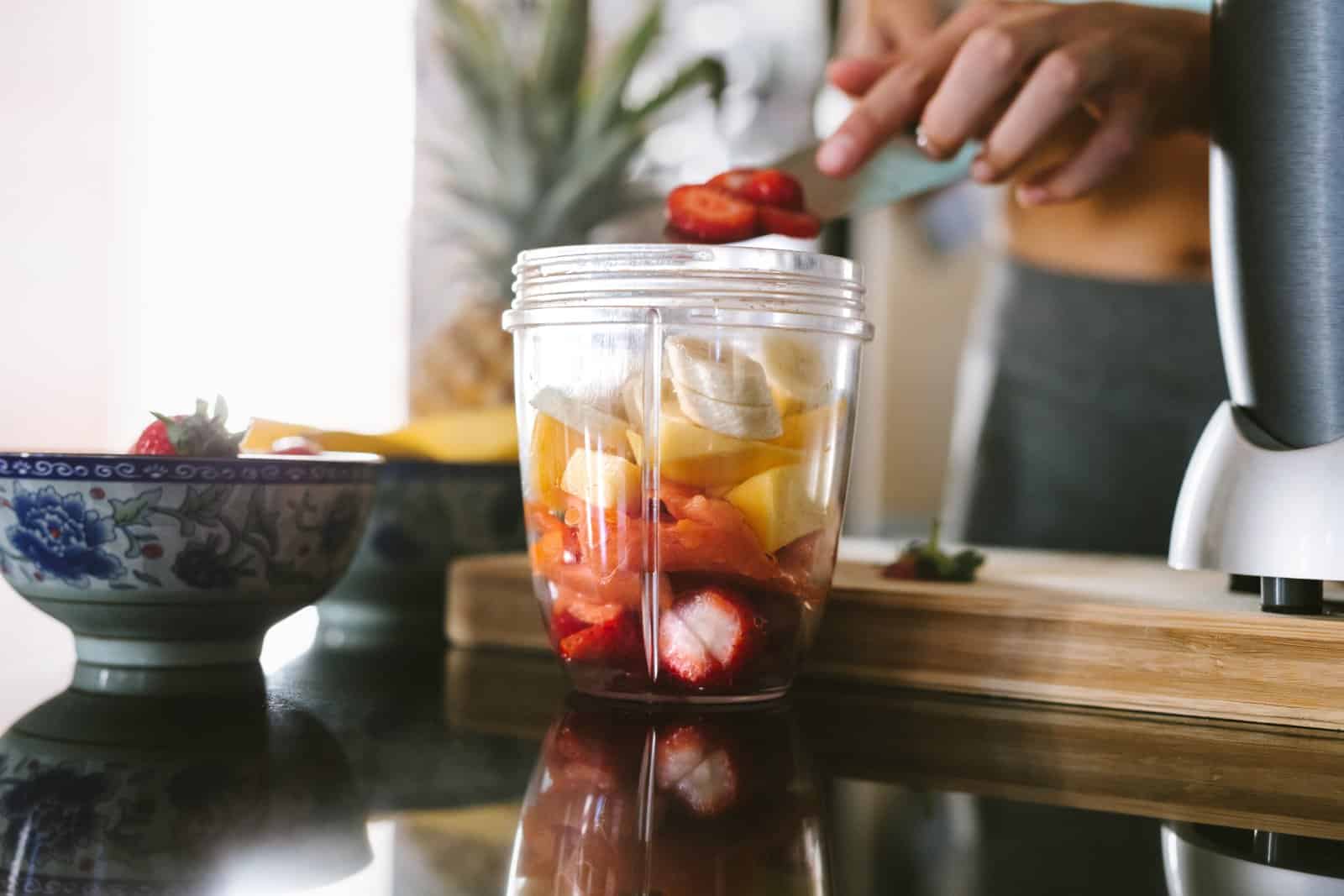
Juicers can be more difficult to clean than blenders in general. The majority of the time, cleaning blenders only requires a fast rinse with water and a small quantity of soap.
Juicers, contrarily, frequently have numerous tiny pieces that must be taken apart and cleaned individually. Cleaning a juicer might take a long time and require specialized brushes or tools to reach all the nooks, depending on the type you have.
Nevertheless, there are certain expensive blenders and juicers that are made to be simple to clean, so it really depends on the type you select. Before buying either appliance, it’s a good idea to conduct some research and read reviews to discover one that is both efficient and simple to clean.
Juicer vs Blender: Which Is Economical
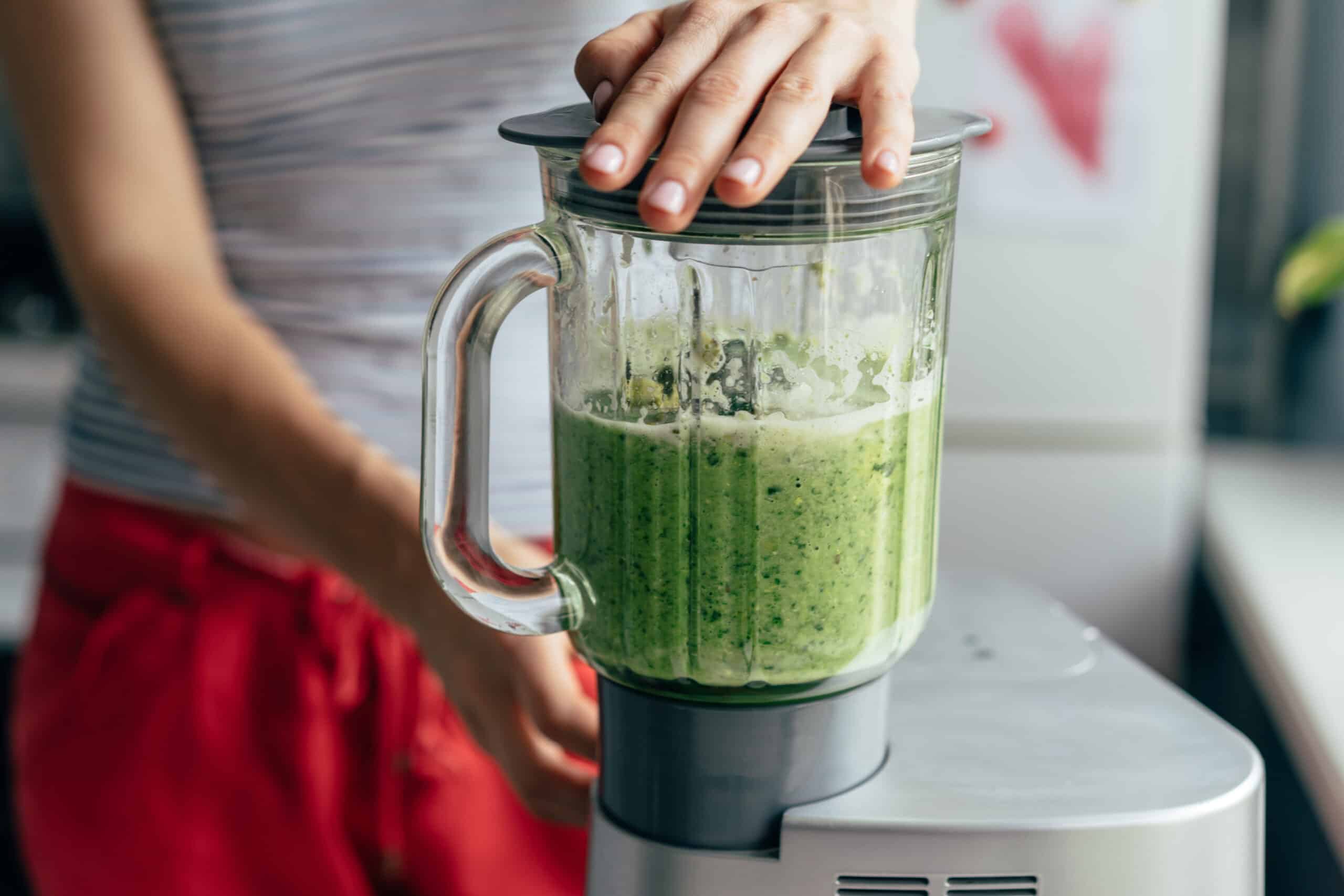
When it comes to juicing and blending, the cost difference between a juicer and a blender can vary depending on the specific models and brands you choose.
Generally speaking, blenders are typically more versatile than juicers and can be used for a wider range of tasks. This means that if you only want to purchase one kitchen appliance, a blender may be a better investment since it can perform multiple functions.
While juicers are specifically designed for extracting juice from fruits and vegetables. They typically have more specialized components that help separate the juice from the fiber and pulp. This means that if you are primarily interested in juicing, a juicer may be a more efficient and effective choice.
In terms of cost, blenders tend to be more affordable than juicers, with some high-quality models available for less than $100. Juicers, on the other hand, can range in price from $50 to over $500 depending on the type and features you’re looking for.
When it comes to evaluating the economical choice between a juicer and a blender, it’s important to consider your individual needs and choice. If you plan to use your kitchen appliance primarily for juicing, then investing in a juicer may be worth the higher upfront cost. But, if you want a flexible appliance that can handle a variety of tasks, then a blender may be the more cost-effective option.
Can a Blender be Used as a Juicer?
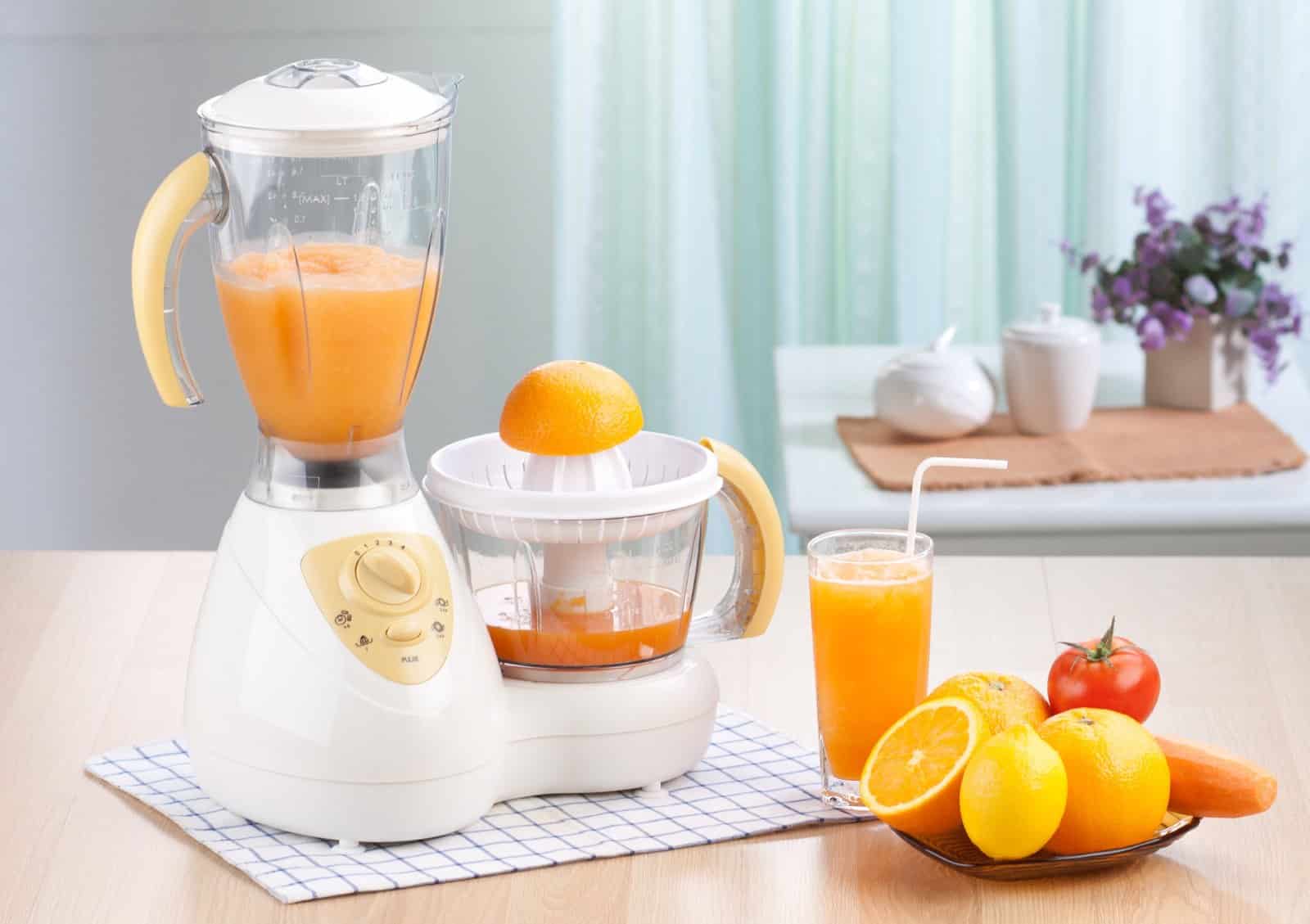
Despite how adaptable they are, blenders do not have the same functionality as juicers. A blender won’t be able to produce that thin consistency on its own if that’s what you’re after. You can still have fresh juice by cutting the fruit into little pieces, removing the seeds, blending it well, and then straining the pulp through cheesecloth or a fine screen to get rid of it.
Juicer vs Blender: Which is Best Overall?

When it comes to making healthy drinks at home, there are two main appliances that come to mind: the juicer and the blender. Both appliances have their unique strengths and weaknesses, and ultimately, the choice between them will depend on your personal preferences and needs.
A juicer produces a nutrient-dense juice that is easier for your body to digest and absorb. Juicers are ideal for making juice out of harder fruits and vegetables.
A blender is a versatile kitchen appliance. They are ideal for blending soft fruits and vegetables. Blenders also retain the fiber from fruits and vegetables, which can help with digestion and keep you feeling full for longer.
So juicer vs blender: which is best overall? It really depends on what you are looking for. If you want a nutrient-dense drink that is easy to digest, a juicer may be the best choice for you. Still, if you prefer a thicker drink that retains the fiber from the fruits and vegetables, a blender is the way to go.
In terms of convenience, blenders are generally easier to clean and maintain than juicers. Juicers require more time and effort to clean.
Another factor to consider is the cost. Juicers are typically more expensive than blenders, especially if you opt for a high-end model. However, if you are serious about juicing and want to get the most nutrients from your fruits and vegetables, investing in a quality juicer may be worth the cost.
In conclusion, both juicers and blenders have their advantages and disadvantages. Ultimately, the best choice for you will depend on your personal choice. Whichever appliance you choose, remember to prioritize fresh, whole foods for optimal health and wellness.
More From Elpasony
Tapas Tales: Embark on a Flavor-Filled Spanish Adventure
19 Easy and Healthy Toddler Snacks You Haven’t Tried Yet
Indulge Your Culinary Wanderlust: 15 Foodie Paradises for Every Palate
The post Blend or Squeeze? Juicer vs. Blender Showdown first appeared on elpasoNY.com.
Featured Image Credit: Shutterstock / WBMUL.
For transparency, this content was partly developed with AI assistance and carefully curated by an experienced editor to be informative and ensure accuracy.

